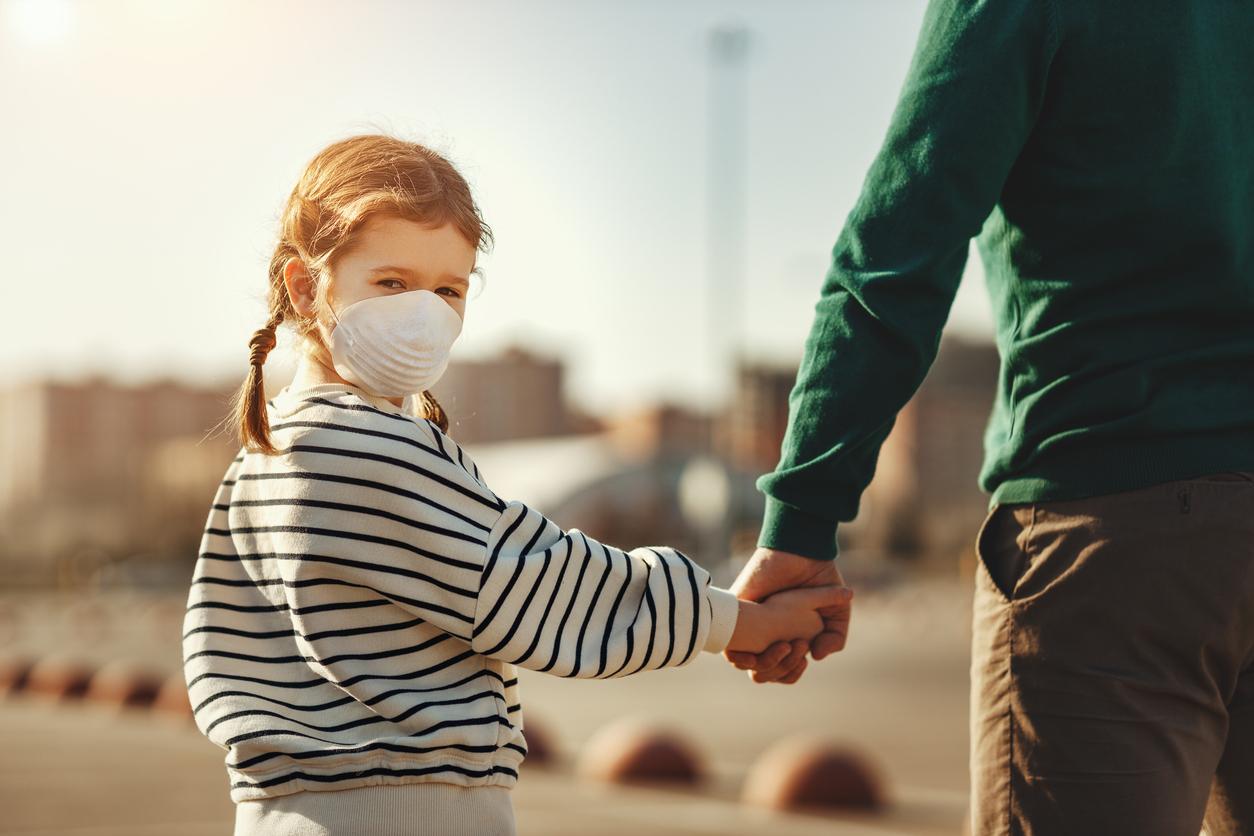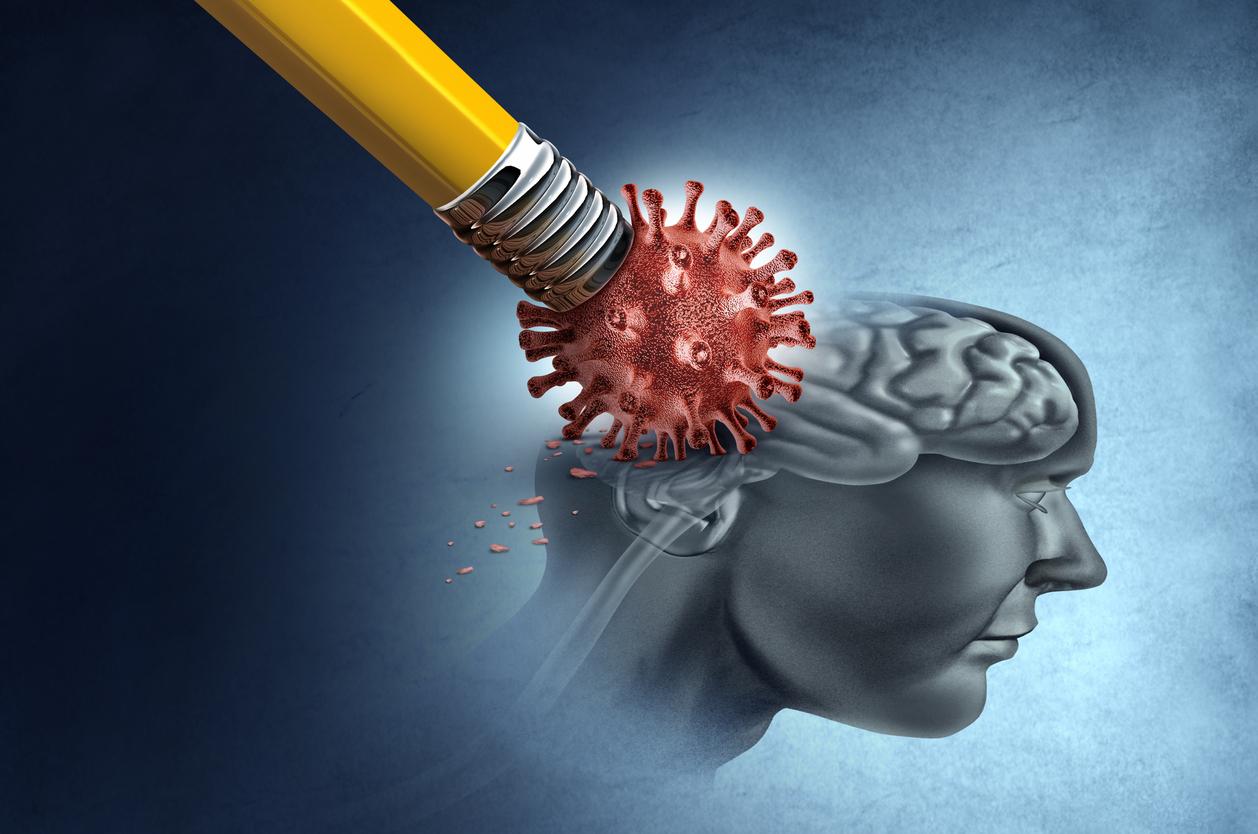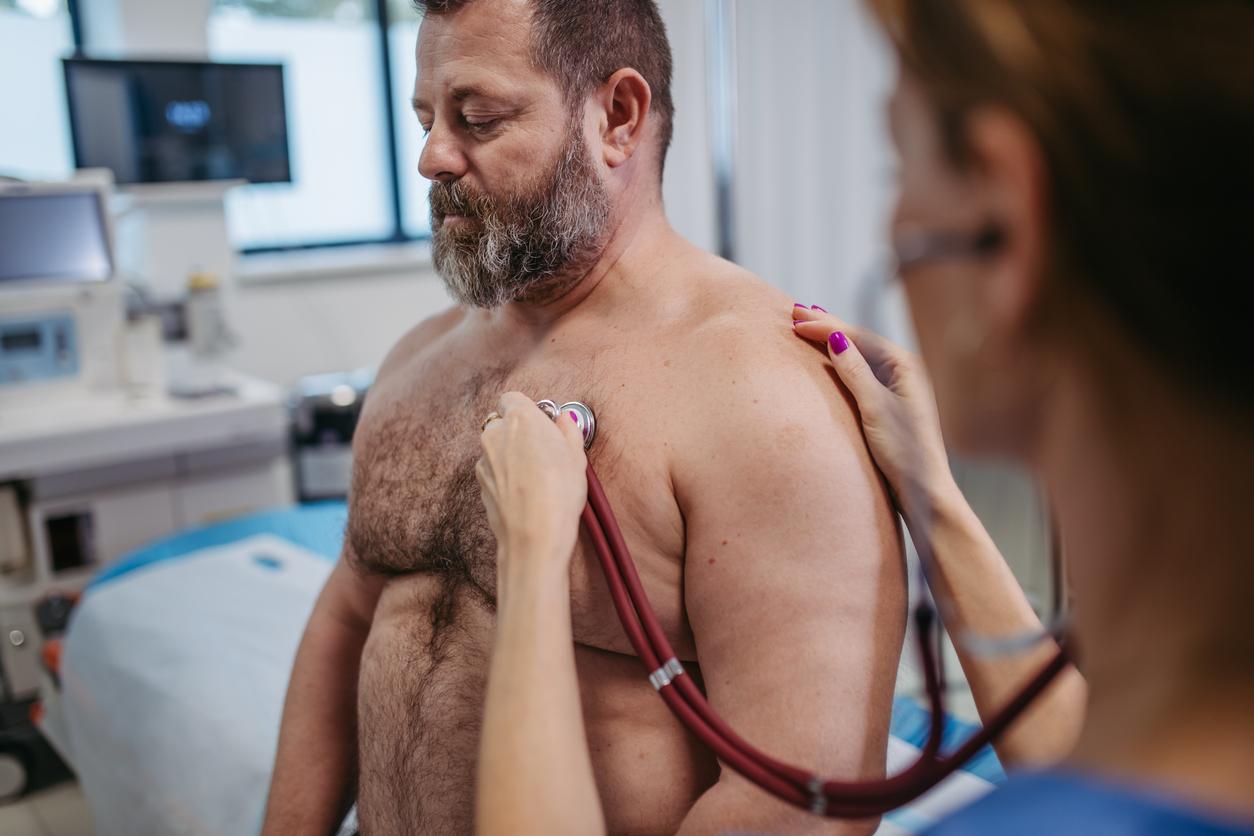New observations on long Covid and the permanent fatigue often associated with the virus have made it possible to isolate in these two phenomena the essential role of a protein called “interleukin-6 (IL-6)”.

- Among the many symptoms of long Covid, chronic fatigue is one of the most disabling.
- As a result, researchers have successfully tried to understand where it comes from.
- Their discovery could potentially lead to new treatments for SARS-CoV-2 fatigue.
We know a little more about the potential origin of the chronic fatigue that many people with long Covid suffer for months or even years.
Concretely, after tests carried out on flies and mice, researchers identified that a protein called “interleukin-6 (IL-6)” prevents the muscles from producing as much energy as they normally would when exposed to Covid-19.
Long Covid and chronic fatigue: new hope for treatment
This discovery strengthens the hope of finding new treatments against chronic fatigue generated by SARS-CoV-2.
“We developed several models to study the impact of central nervous system stressors on motor function and found that Escherichia coli infections and SARS-CoV-2 protein expression caused an accumulation of reactive oxygen species (ROS) in the brain,” scientists explain in their report. “Reactive oxygen species in the brain induce the expression of cytokine Unpaired 3 (Upd3) in flies and interleukin-6 (IL-6) in mice”, they continue.
“Central nervous system-derived Upd3 and IL-6 activated the JAK-STAT pathway in skeletal muscle, leading to muscle dysfunction and impaired motor function,” add the researchers. “Our observations highlight that IL-6 may be a therapeutic target to treat muscle dysfunction,” they also believe.
These observations are all the more interesting since treatments capable of blocking the JAK-STAT pathway are already available on the market.
Chronic fatigue and long covid: “we must continue our research”
“Infectious and neurodegenerative diseases induce neuroinflammation, but affected individuals often present with non-nervous symptoms, including muscle pain and fatigue,” says study director Aaron Johnson. “The molecular pathways by which neuroinflammation causes pathologies outside the central nervous system are still poorly understood,” he also wrote.
“We need to continue our research to better understand this process and its consequences on the whole organism,” he concludes.

“To date, we do not know what factors lead some people to develop long Covid: everyone seems potentially affected, including healthy young adults, children and adolescents,” explain Inserm.
We speak of long Covid when the symptoms appear following an infection with SARS-CoV-2, affect the patient’s quality of life, have been present for at least two months and cannot be explained by another diagnosis.
The list of symptoms associated with long Covid is very long. In addition to fatigue, they include: breathing difficulties, shortness of breath, muscle and joint pain, digestive problems, sleep disorders, memory loss and difficulty concentrating.

















